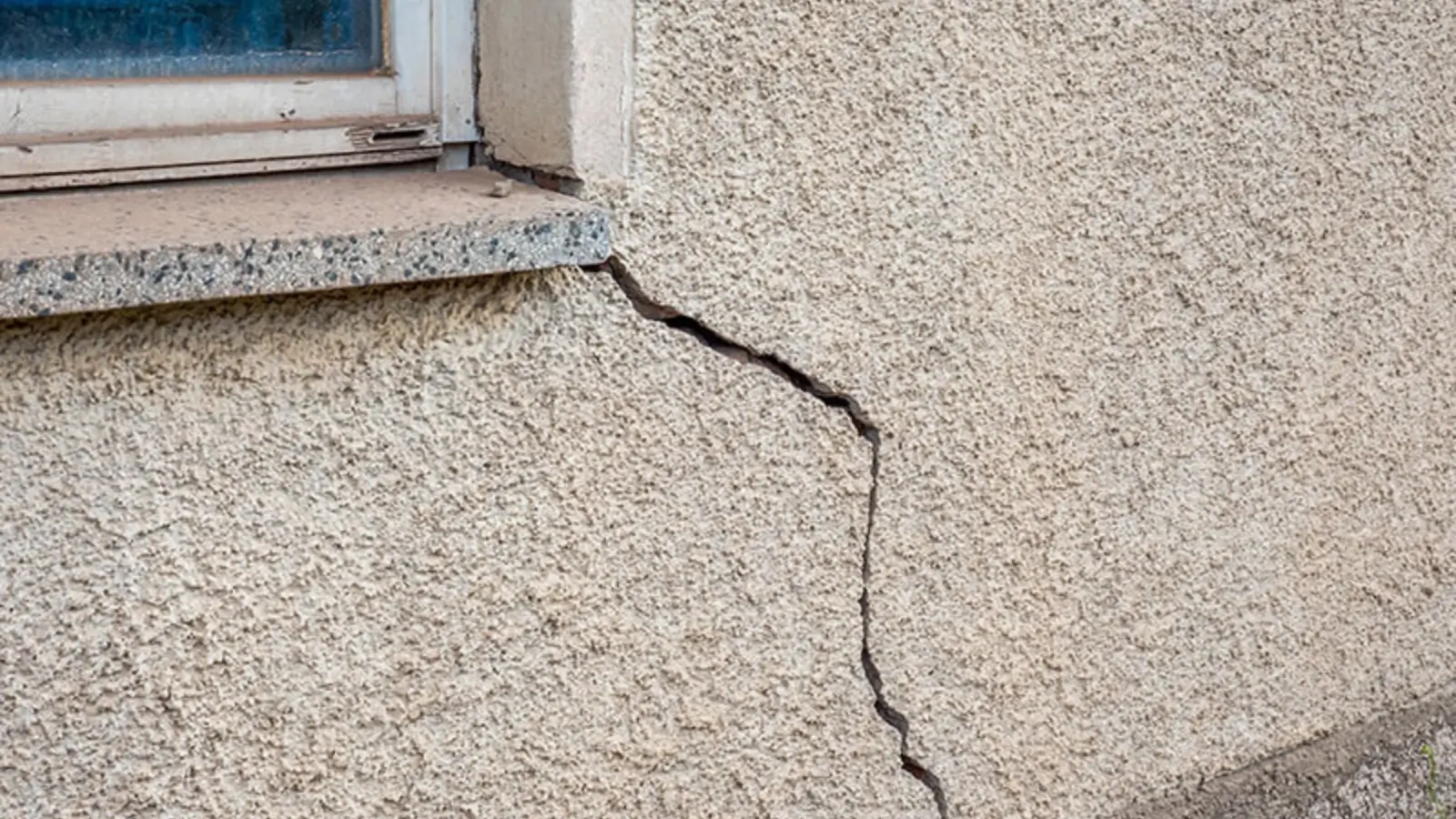


As property owners, we have a tendency to look the other way when it comes to minor issues around the house or office. A tiny crack on the wall, a little drop in water pressure, or even a slight increase in your water bill-harder to deal with right now, aren’t they? Because there will always be something more pressing. The problem, however, is that the longer one delays fixing them, the more expensive and complicated these minor problems can get.
It isn’t uncommon for property owners in Australia to tend to procrastinate their repairs until an emergency arises. Initially, this may seem like harmless neglect, yet ignoring even the smallest of issues can go on to cause massive damage and costly repairs later. It is thus easy to ignore signs of building deterioration and plumbing problems. On the other side, it is just as easy to prevent them if you know the early signs to watch out for. This blog will explore those warning signs property owners usually tend to ignore, with special attention given to facade cracks and hidden plumbing leaks. By catching these in time, before they go haywire, property owners can save themselves from undue headaches and financial burdens.
Facade cracks are one of the most visible signs of a building being in a state of deterioration, but the key question is, are they merely cosmetic, or do they stand for a severe structural issue? Several things can cause cracks in the building’s facade, but the very first thing is to streamline the problem and find out if it needs fixing or can be left as is.
In a multitude of environmental and structural factors, facade cracks can develop with time. Natural settling of the building is one of the most common causes. A structure can develop wall cracks if its foundation shifts slightly with age. Poor drainage is another cause, as water pooling around the foundation could ingress into the structure and cause movement, leading to cracking. Apart from that, ground movements, changes in moisture levels, and water ingress can also play their role in breaking the facade.
Hairline cracks are generally harmless and usually appear as the building settles. They are minor cracks caused by natural processes, and one can very easily fix them. But at times, the cracks may indicate bigger problems. The appearance of structural cracks is generally wide and deep, and they frequently appear in recurring patterns. Shifting of the foundation, water impingement, or other long-term structural deficiencies may cause the same.
Small cracks can seem harmless but may, in fact, grow due to negligence. Symptoms worth watching out for that could be a sign of something more serious happening inside the building’s structure include recurring paint damage, render falling off the walls, or cracks getting wider. Addressing these signs in the early stages could spare the building from further structural damage and costly repairs. Eventually, they could point to deeper movement or deterioration; thus, professional remedial building services are needed to prevent long-term damage through crack monitoring, re-rendering, and facade waterproofing to safeguard the structural integrity of the building.
Not all plumbing problems are visible at first glance. Plumbing leaks, especially hidden ones, can cause significant internal damage before they become apparent. Here are some signs that may indicate you have an undetected plumbing issue:
If you notice bubbling or discolouration on the walls or ceilings, it could be a sign of water leakage behind the surface. This is often a result of water seeping through from leaky pipes or a faulty hot water system. The longer the leak goes unnoticed, the more extensive the damage can be, potentially leading to mould growth or water damage that requires costly repairs.
A musty smell, especially in areas with little ventilation like bathrooms or basements, can indicate that moisture has accumulated due to a plumbing leak. Mould and mildew thrive in damp conditions, and they can cause significant health risks. It’s important to act quickly if you notice any musty or damp smells, as prolonged exposure to mould can lead to respiratory issues and other health concerns.
A sudden increase in water bills can often point to a hidden leak in your plumbing system. Even small leaks can add up over time, and unless you catch them early, you may find yourself paying for water you didn’t even use. If your water bill spikes without a noticeable change in water usage, it’s worth getting your plumbing system checked.
Another common issue related to hidden plumbing problems is a malfunctioning hot water system. If you notice a drop in water pressure, inconsistent water temperatures, or discolouration in your hot water, it’s time to investigate. One of the most overlooked causes of interior damage is a leaking pipe or a faulty hot water system. Getting ahead of it with timely hot water repairs can prevent mould, rot, and thousands in water damage.
It’s not uncommon for hidden plumbing leaks and facade cracks to be connected. These issues often go hand in hand, with one exacerbating the other. Hidden leaks can weaken the foundation or the structure of a building, leading to cracks in the facade. Similarly, surface damage, such as peeling paint or cracks in the walls, may be a result of internal plumbing problems that are affecting the building’s overall integrity.
Water from leaks can infiltrate the walls and foundation, compromising the structural integrity of the building. Over time, this water damage can lead to the formation of cracks in the facade, as well as the detachment of render or paint. If left unchecked, this damage can cause further deterioration, leading to more costly repairs.
In many cases, property owners may need to address both plumbing and structural issues simultaneously to prevent further damage. We often see buildings needing both plumbing fixes and exterior repairs — one issue leads to the other if not handled early.
Ignoring small problems can quickly lead to larger issues, and it’s important to call in professionals as soon as you notice any of the signs mentioned above. If you’re unsure whether the problem is minor or significant, it’s always better to have it checked early.
Remedial builders specialise in assessing and repairing structural issues. If you notice cracks in your facade, peeling paint, or other signs of structural damage, a remedial builder can:
Inspect the property to determine the cause of the damage.
Monitor the crack’s progression over time.
Re-render damaged walls and facades.
Apply waterproofing solutions to prevent further damage.
Remedial building services are essential for ensuring that your building remains safe and secure over time, preventing the escalation of facade issues into larger, more expensive repairs.
Plumbers play a key role in identifying and fixing hidden leaks within your property. They typically conduct:
Pressure tests to detect leaks in your plumbing system.
Hot water system diagnostics to identify faults.
Leak tracing to find the source of water damage.
A professional plumber will be able to pinpoint the source of any leaks and recommend the best course of action, whether it’s a simple fix or a more complex repair. Addressing plumbing issues early can prevent significant damage to the building and help you avoid costly repairs down the track.
When it comes to maintaining a property, early intervention is key. Surface issues like cracks in the facade or poor hot water performance may seem like small, isolated problems, but they can often be indicative of deeper, more significant issues within the building. By staying on top of regular property health checks, property owners can prevent these minor issues from becoming major, costly repairs.
Spotting issues early — whether it’s a small facade crack or a dodgy hot water system — means fewer headaches and less cost down the track. Regular inspections, timely repairs, and keeping trusted tradies on hand will ensure that your property remains in good condition for years to come.
Hairline cracks are usually cosmetic and harmless, but if the cracks are widening, recurring, or accompanied by paint damage, they could be structural. It’s best to have a professional assess the damage to avoid further deterioration.
These could be signs of water leaks or mould. If you notice bubbling paint or musty smells, it’s important to have your plumbing system inspected to detect any hidden leaks before they cause further damage.
Regularly monitor the condition of your facade and check for early signs of damage. Ensuring proper drainage around the foundation and addressing any water ingress issues can help prevent further cracks from developing.
Signs of a leaking hot water system include inconsistent water temperature, a drop in water pressure, or discolouration of the water. If you notice any of these issues, it’s important to have your system checked to prevent water damage.
If you notice any signs of damage, such as cracks in the facade, water damage, or unusual changes in water pressure, it’s best to call a professional right away. Early intervention can prevent minor issues from escalating into major, costly repairs.